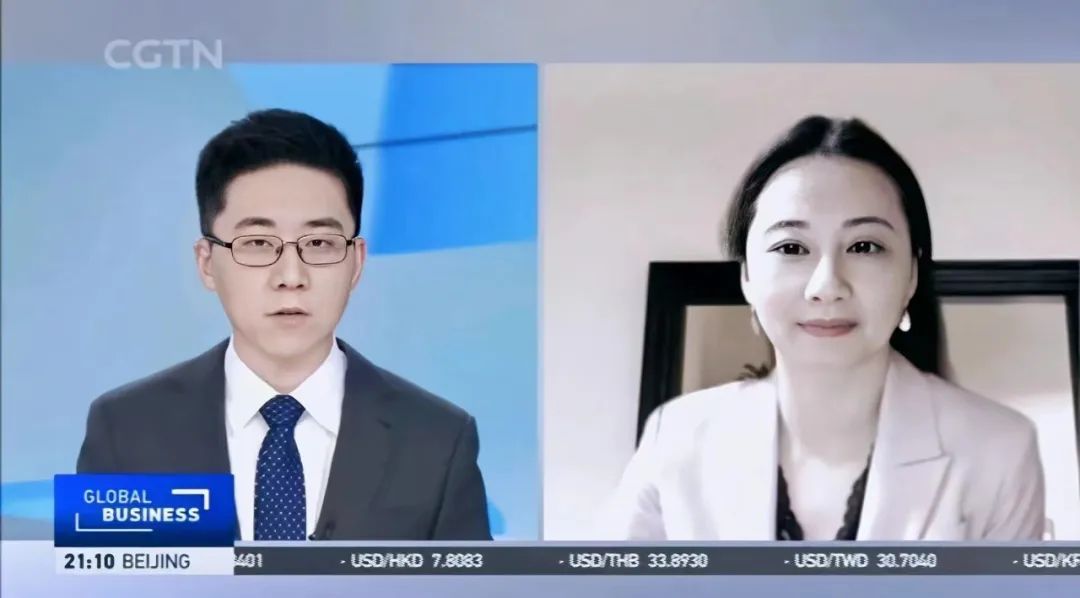

At the invitation of Chinese President Xi Jinping, President of Turkmenistan Serdar Berdimuhamedov pays a state visit to China from Jan. 5 to 6, foreign ministry spokesperson Hua Chunying announced on this Tuesday. In the evening of 5th, XU Qinhua, vice dean of National Academy of Development and Strategy (NADS) and executive dean of Eurasian Research Institute, professor of School of International Studies (SIS), Renmin University of China (RUC) was interviewed by the host Michael Wang at CGTN.

We should be looking out for during the Turkmen president's state visit to China. This is the second time both two presidents meet. Last September they met at Samarqand, the symbol of old silk road of more than 2500-year history. During the first meeting, two leaders expressed the same will and vision of world peace. President Xi emphasized that China is willing to join the BRI with Turkmen’s national development strategy, and Serdar Berdimuhamedov advocated that Turkmenistan has been seeking for the collaboration under the BRI common construction and under the framework of the UN and the China-Central Asia Five Countries Mechanism.
China and Turkmenistan are working to align the Belt and Road Initiative with Turkmenistan's development strategy to revive the Great Silk Road. The two development strategies can be better aligning together as the following:
Firstly, two countries' mutual trust and mutual respect, and also the big will for the world peace which is the base of BRI and Turkmen's national strategy is very helpful to the stability of the region.
Secondly, Turkmenistan has almost 12 billion tonnes of oil and 5 trillion cubic meters natural gas. Under the background of energy transition and China's carbon peak in 2030, carbon neutrality in 2060 targets, gas is a comparatively cleaner energy as a right greener alternative one.
Therefore, when we talk about the energy infrastructure of connectivity, for example of China-Central Asia natural gas pipelines among the central Asian countries including Turkmen, Kazakhstan, Uzbekistan, Tajikistan and also Kyrgyzstan has been benefiting the whole region.
Thirdly, during the last meeting two leaders have been discussing about how to extend bilateral cooperation from the resources to the non-resources fields such as green energy of solar, tech-innovation, agriculture, digitization and textile industry etc.

Geographically, Turkmenistan lies at the heart of the Eurasian continent. As we see stronger trade, transportation, and energy ties between China and Turkmenistan will mean a lot for regional development in Central Asia. The exchange includes the commodity, labor, capital and others can really boost the regional development.Lots of Chinese are interested in travelling in Turkmenistan, enjoying the views of old and modern Silk Road, as there must be a huge need for the transportation no matter the highway or airplane and train. Besides, Turkmenistan is in the inner Eurasian land whose green development will drive the whole region. Today we talk about the energy ties is more about the new and renewable energy (NRE), which is also very important for the resourceful countries like Turkmenistan. China has the top RE technology and productivity in the world, which can through the trade and transportation to form a green corridor in the Central Asia, taking the advantages of two nations' complementary attributes.
作者:许勤华 中国人民大学国家发展与战略研究院副院长、欧亚研究院执行院长、国际关系学院教授